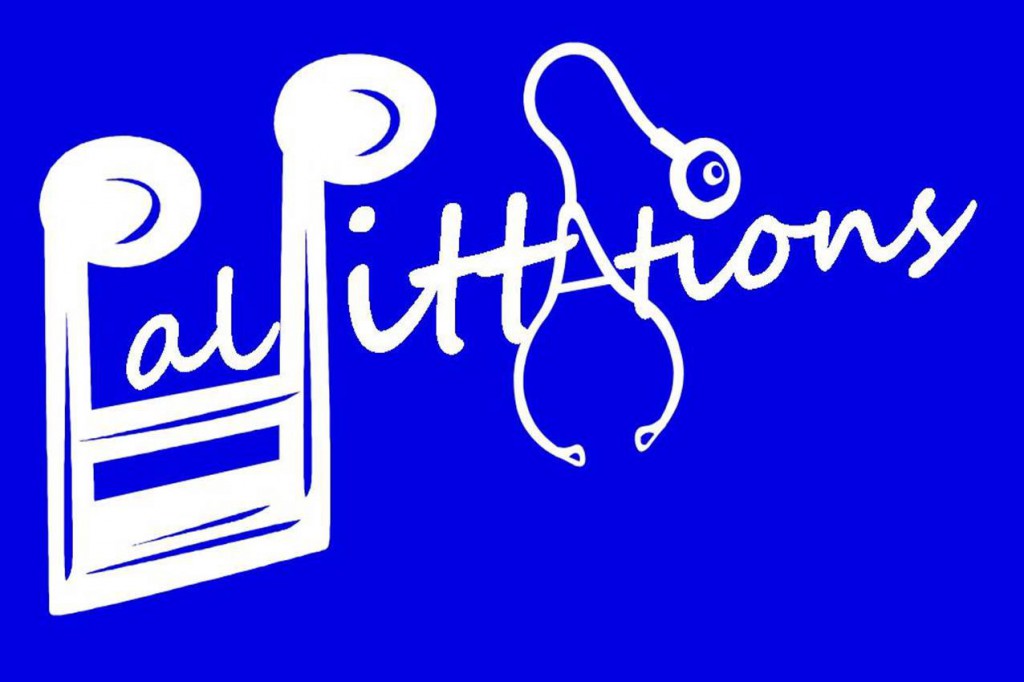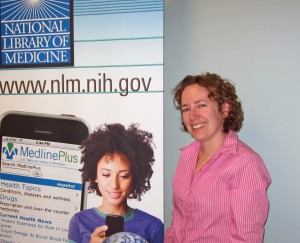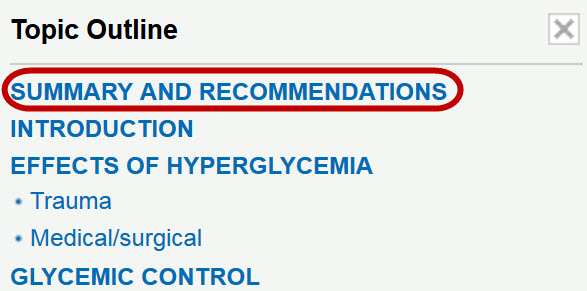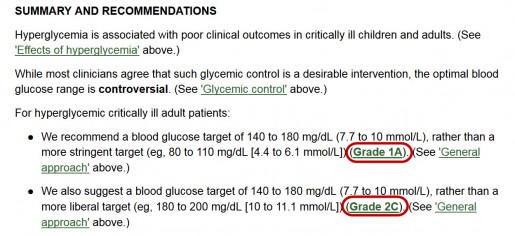The HSLS Staff News section includes recent HSLS presentations, publications, staff changes, staff promotions, degrees earned, etc.
News
Donna Perkins has joined the Falk Library staff as a main desk assistant.
Publications
Melissa Ratajeski, reference librarian, along with co-authors Ahlam Saleh1 and M. Bertolet2, published, “Grey Literature Searching for Health Sciences Systematic Reviews: A Prospective Study of Time Spent and Resources Utilized,” in Evidence Based Library and Information Practice, Vol. 9, No. 3 (2014): 28-50.
1. Arizona Health Sciences Library, University of Arizona, Tucson, AZ.
2. Department of Epidemiology, Graduate School of Public Health, University of Pittsburgh, Pittsburgh, PA.
Presentations
Lydia Collins, consumer health coordinator, NN/LM Middle Atlantic Region, along with Ellen Justice1, presented “Health Information Resources for Cancer Awareness,” at the University of Delaware Library Cancer Awareness Program, in Newark, DE, on October 9, 2014. Collins also presented “More Than a Bandage: Health Information Resources for K-12 Professionals,” on October 13, 2014, at the Berks County School Health Association in Wyomissing, PA; “Evaluating Online Health Information Resources,” on October 24, 2014, at the annual meeting of the Pennsylvania Library Association Southwest Chapter in Greensburg, PA; and “Introduction to Your Regional Medical Library & NLM Resources,” on October 30, 2014, at the 2014 Bronx County Centennial Symposium on Health in New York, NY.
1. Community Health Librarian, Junior Board Cancer Resource Library, Helen F. Graham Cancer Center, Newark, DE.
Barbara Epstein, HSLS director, was a participant in a panel discussion at the University of Pittsburgh 2014 Fall Senate Plenary, “Managing Research Data: Challenges & Opportunities,” held in Pittsburgh, PA, on October 23, 2014. The panel responded to the keynote address, “Gearing Up for Date? Institutional Drivers, Challenges and Opportunities.”
Kate Flewelling, outreach coordinator, NN/LM Middle Atlantic Region, presented, “Public Libraries as Public Health Partners,” to the joint conference of Pennsylvania Public Health Association and Office of Rural Health in State College, PA, on October 2, 2014.

 Get into the holiday spirit by joining us for a holiday concert performed by the PalPITTations, an a capella vocal group of health sciences students from the University of Pittsburgh. The PalPITTations will perform on Friday, December 12, at noon, on the upper floor of Falk Library. Light refreshments will be served. All are welcome for this free concert.
Get into the holiday spirit by joining us for a holiday concert performed by the PalPITTations, an a capella vocal group of health sciences students from the University of Pittsburgh. The PalPITTations will perform on Friday, December 12, at noon, on the upper floor of Falk Library. Light refreshments will be served. All are welcome for this free concert.




